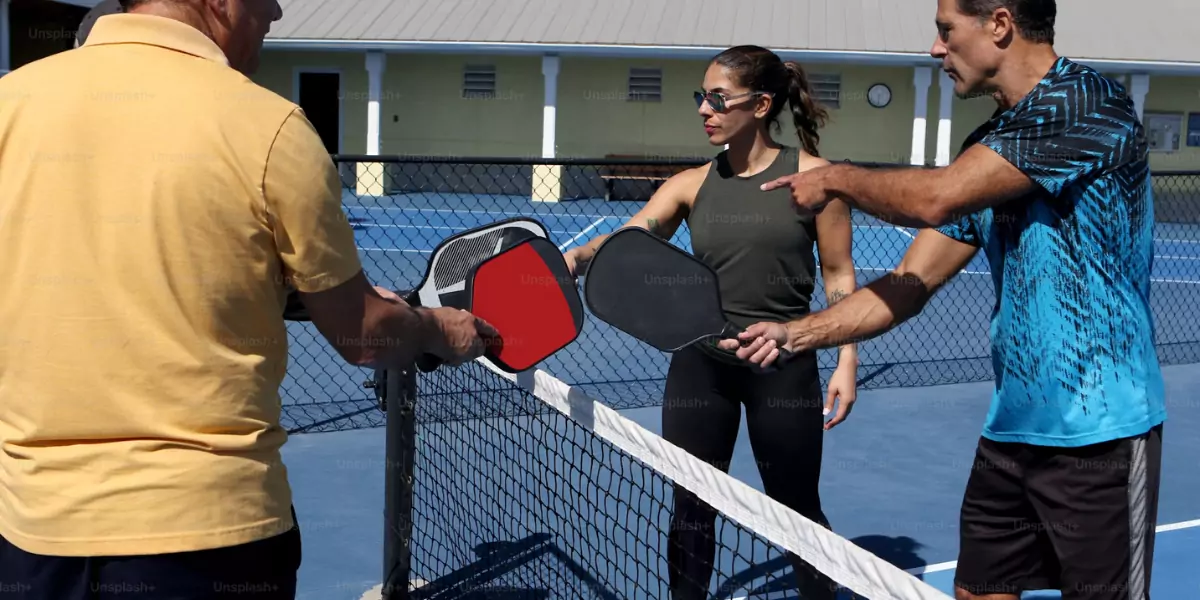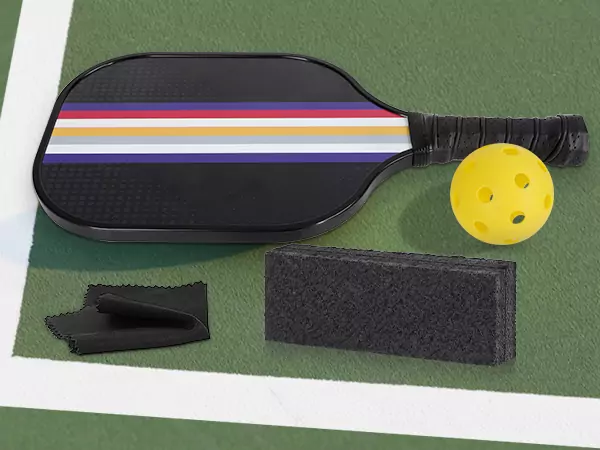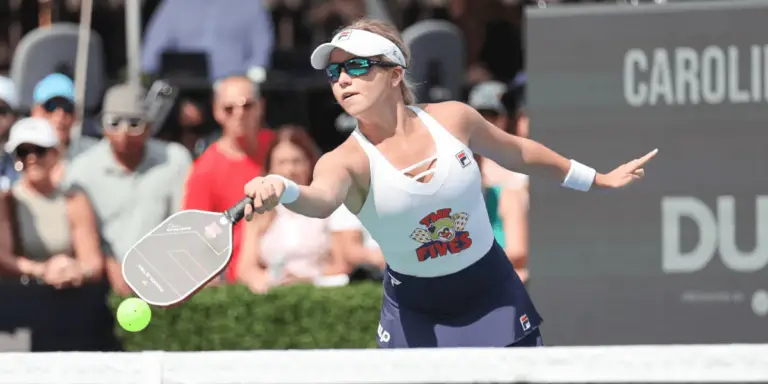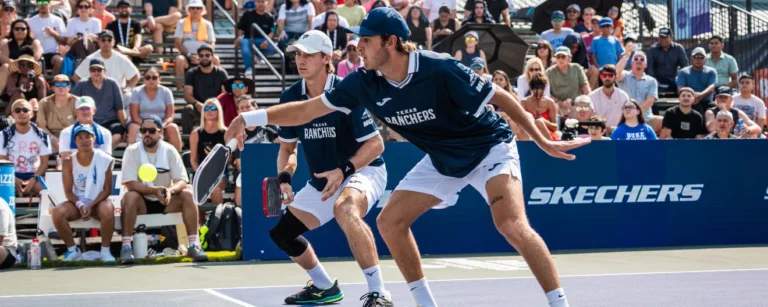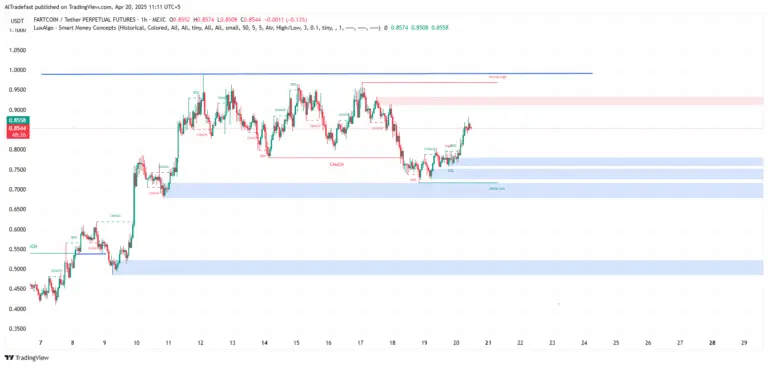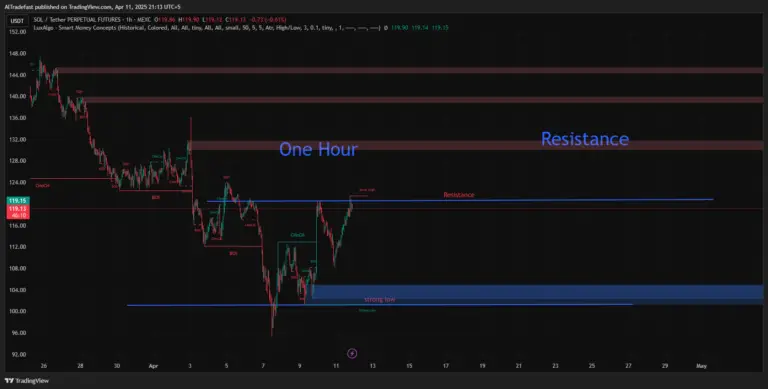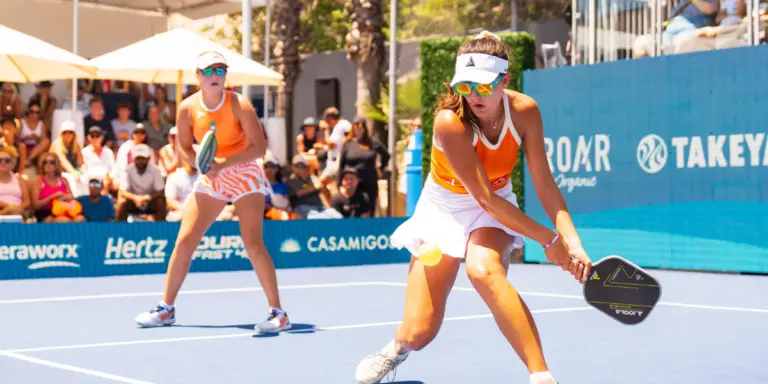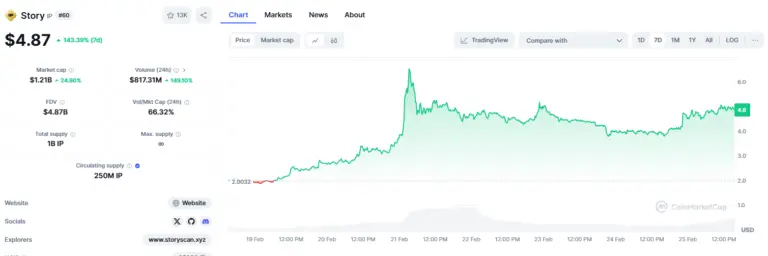The Exciting World of Pickleball Ladders
Pickleball is a dynamic sport that’s not only fun to play but also easy to learn. As its popularity continues to soar, new ways to enhance competition and skill development are emerging. One such method is the pickleball ladder—a structured and engaging way to track your progress and compete against others.
What Are Pickleball Ladders?
At its core, a pickleball ladder organizes players into a ranking system based on their performance in matches. The primary goal is to foster a competitive yet friendly environment where players can meet new opponents, improve their skills, and enjoy the game. As you climb the ladder, you’ll face increasingly challenging competitors, making for an exciting experience.
Types of Pickleball Ladders
- Individual Ladders: In this format, players compete solo. Rankings are determined by individual performance, allowing players to focus on personal skill development. This setup is perfect for those who want to see how they stack up against others.
- Doubles Ladders: Here, teams of two players compete. Rankings are based on the team’s overall performance. This format emphasizes teamwork and communication, making it ideal for those who thrive in a cooperative setting.
- Mixed Ladders: These ladders offer the best of both worlds, allowing players to engage in both singles and doubles matches. This variety keeps things fresh and helps players enhance different aspects of their game.
- Skill Level Ladders: Players are grouped by skill level—beginner, intermediate, or expert—to ensure fair competition. This structure makes matches more enjoyable and challenging for everyone involved.

How Pickleball Ladders Work
Ladder Structure
Pickleball ladders typically operate in a straightforward ranking format. Players are listed in order based on their performance, and to move up, you must win matches against higher-ranked players. Conversely, losing can result in dropping down the ladder, making each match crucial for your ranking.
Ranking System
Players earn points based on their match results. Some ladders award points for every game played, while others focus solely on win-loss records. The key is to reward consistent performance and improvement, encouraging players to strive for excellence.
Match Scheduling
Matches are usually held regularly—often weekly. Players are responsible for coordinating their match times, allowing for flexibility in busy schedules. Depending on the ladder, players may have the freedom to set their own times or adhere to a fixed schedule.
A Unique Approach: The Loosely Run Ladder
At the ClearOne Sports Centre in Orlando, FL, organizer Lisa Fareed has introduced an innovative system she calls a “loosely run ladder.” This format accommodates a rotating mix of players, creating an engaging atmosphere.
“I call it a loosely run ladder because there’s a constantly rotating mix of players that come and go weekly,” Fareed explains. Instead of a strict ladder, players are assigned to courts based on their skill levels, allowing for more organized play.
Players stay on their assigned court for three hours, participating in a series of matches that includes five regular games followed by five rally-scoring games. With five players per court, everyone sits out one game, ensuring a balanced experience.
At the end of each session, players tally their points, which then determine their court assignment for the next play. This system has been successful in helping players move to higher-level courts as their skills improve, minimizing the stress of competing against those with vastly different ratings.
New players without established points must self-assign a skill rating. If they underestimate their skill, they’ll find themselves at a higher-level court next time; if they overestimate, they’ll be reassigned to a lower-level court. “With this system, it’s nice to have a set court and not have to worry about an open play or paddle system,” Fareed concludes.
Joining a Pickleball Ladder
Finding a Ladder
To join a ladder, start by searching for options in your local area or online. Many sports clubs, community groups, and pickleball organizations host ladders. Online resources and social media groups are also great places to connect with local players and find opportunities.
Registration Process
Once you’ve identified a ladder you’d like to join, you’ll typically need to fill out a registration form, which may include a fee. Some ladders may require membership in a specific club or organization, so be sure to review the requirements before signing up.
Initial Placement
New players usually start at the bottom of the ladder or are ranked based on initial skill assessments. Some ladders may have placement matches to ensure everyone begins at a competitive level, promoting fairness and growth.

5 Exercises to Keep Your Back Healthy for Pickleball
Don’t let back pain hold you back! A healthy back is crucial for enjoying everyday activities, including the sports you love like pickleball. Back injuries can be debilitating, but with the right…

Rules and Etiquette
Every player in a pickleball ladder is expected to follow specific rules to ensure fair play and a positive experience. Familiarize yourself with the ladder’s guidelines, as they may vary. Here are some basic pickleball rules to remember:
- Serve: Must be underhand and hit diagonally to the opponent’s service court.
- Scoring: Only the serving team can score points. Games typically go to 11 points, with a two-point margin needed to win.
- Two-Bounce Rule: After the serve, each team must let the ball bounce once before volleys are allowed.
- Non-Volley Zone: Players cannot volley while standing in the 7-foot area near the net (the kitchen).
- Faults: These occur from rule violations, stopping play, or giving the ball to the opposing team.
When playing, it’s crucial to treat opponents with respect and maintain a positive attitude. If disagreements arise, approach them calmly and look for a resolution together.

Strategies for Success
Skill Improvement
Regular practice is essential for honing your skills. Consider seeking coaching through individual lessons, local clinics, or online tutorials to boost your gameplay.
Game Strategy
To advance in the ladder, develop a solid game plan. Analyze your opponents’ strengths and weaknesses, and strategize accordingly. Focus on consistency and minimizing mistakes. Mastering key shots, such as:
- Dink Shot: Softly hitting the ball just over the net into the opponent’s kitchen.
- Third Shot Drop: A soft shot landing in the kitchen to transition to the net.
- Lob Shot: A high shot pushing opponents back.
- Overhead Smash: A powerful downward shot aimed at a difficult-to-reach area.
- Volley: A short, controlled hit before the ball bounces.
Embrace the Pickleball Ladder Experience
Joining a pickleball ladder offers a structured and competitive way to improve your game while connecting with fellow players. The innovative approaches, like the loosely run ladder at ClearOne Sports Centre, provide a unique and enjoyable playing experience. Whether you’re a newcomer or a seasoned athlete, the benefits of participating in a ladder are immense. Start your journey today and discover the excitement and camaraderie that pickleball has to offer!
